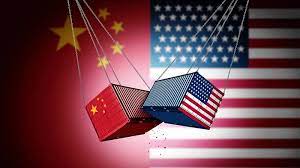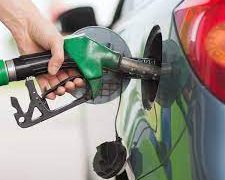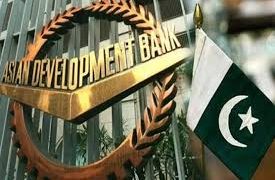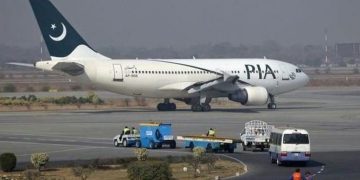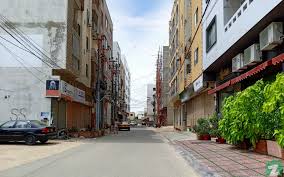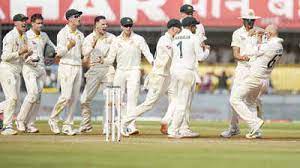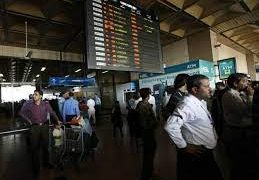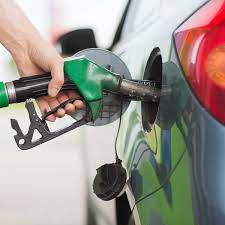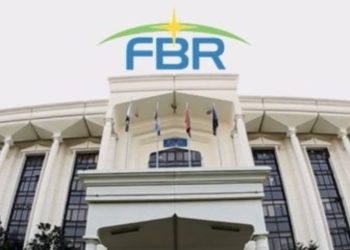In a startling development, Pakistan’s weekly inflation which has escalated by 0.05 percent, propelling the nation’s inflation rate to an astounding 25.34 percent.
This jarring spike has been primarily attributed to the relentless surge in food prices, which is sending shockwaves through households and raising deep concerns about the affordability of basic necessities.
According to the Weekly Inflation Report released by the Federal Bureau of Statistics, the cost of living in the country continues its relentless upward trajectory, causing significant concern among citizens.
Over the past week, prices of 22 essential commodities witnessed an unprecedented increase, while only 12 commodities experienced a decrease. This disparity has been a significant driver of the overall inflationary trend, pushing the weekly inflation rate up by 0.05 percent.
One of the most notable spikes in prices was observed in sugar, which reached an all-time high of Rs. 172 per kilogram. This substantial increase in sugar costs has sent shockwaves through households already grappling with financial constraints.
The price of wheat flour, a staple for most Pakistanis, has also skyrocketed, registering a staggering 129% surge on a year-on-year basis. A 20-kilogram bag of wheat flour is now being sold for a range of 2600 to 3200 rupees, causing considerable distress among consumers.
Several other essential items have seen a substantial uptick in prices over the past year, including tea (94%), rice (90%), and chili (86%). Additionally, staples such as onions, lentils, garlic, eggs, and dal mash have become more expensive, adding to the burden on the average household.
However, not all food items have witnessed such drastic price hikes. Some relief has been found in the prices of tomatoes, chicken, potatoes, bananas, ghee, cooking oil, and LPG, which have remained relatively stable.
In addition to the surge in food prices, the report highlights other concerning inflationary trends. Gas charges have seen an alarming increase of 108% over the past year, while cigarettes have become 102% more expensive during the same period.




